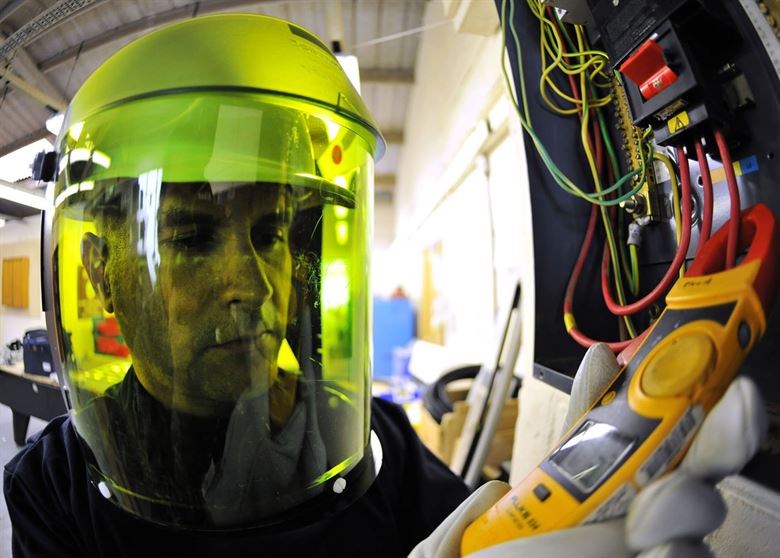Electrical protective equipment market forecast 2020-2027
Contents |
[edit] Introduction
According to projections, the global electrical protective equipment market is expected to grow at a Compound Annual Growth Rate (CAGR) of 2.6% during 2020-2027.
This market includes insulated tools, face and eye covering and protective clothing and headgear which guard workers from electric shocks, electric blasts and other hazards.The equipment is primarily used in the construction, manufacturing and industrial sectors to ensure the safety of those workers whose roles put them in close proximity to electrical equipment.
[edit] Upward market factors
A rising awareness about health and safety and its relationship to effective electrical protective equipment may drive market growth, along with, advances in technologies, and by changing needs.
Power generation worldwide is increasing, and a wide range of construction and electrical projects are anticipated in many of the Southeast Asian countries. These factors could further drive the demand for electrical protective equipment in the coming years.In addition, the growth of the global electric vehicle industry is also encouraging manufacturers to set up new production plants. This creates new manufacturing jobs, and increases the need for electrical protective equipment.
[edit] Downward market factors
The COVID-19 pandemic may disrupt the growth of industry in the Asian-Pacific (APAC) region. For instance, China is a global manufacturing hub and large raw material supplier; it is also one of the countries that has been severely affected by the pandemic. The lockdown of various plants and factories around the world has had an impact on global supply chains. This has had a negative affect on manufacturing, delivery schedules and sales of various electrical protective equipment products. These negative factors could combine to slow the demand for this equipment.
This article is based on data compiled by Reportlinker.
[edit] Related articles on Designing Buildings Wiki
Featured articles and news
RTPI leader to become new CIOB Chief Executive Officer
Dr Victoria Hills MRTPI, FICE to take over after Caroline Gumble’s departure.
Social and affordable housing, a long term plan for delivery
The “Delivering a Decade of Renewal for Social and Affordable Housing” strategy sets out future path.
A change to adoptive architecture
Effects of global weather warming on architectural detailing, material choice and human interaction.
The proposed publicly owned and backed subsidiary of Homes England, to facilitate new homes.
How big is the problem and what can we do to mitigate the effects?
Overheating guidance and tools for building designers
A number of cool guides to help with the heat.
The UK's Modern Industrial Strategy: A 10 year plan
Previous consultation criticism, current key elements and general support with some persisting reservations.
Building Safety Regulator reforms
New roles, new staff and a new fast track service pave the way for a single construction regulator.
Architectural Technologist CPDs and Communications
CIAT CPD… and how you can do it!
Cooling centres and cool spaces
Managing extreme heat in cities by directing the public to places for heat stress relief and water sources.
Winter gardens: A brief history and warm variations
Extending the season with glass in different forms and terms.
Restoring Great Yarmouth's Winter Gardens
Transforming one of the least sustainable constructions imaginable.
Construction Skills Mission Board launch sector drive
Newly formed government and industry collaboration set strategy for recruiting an additional 100,000 construction workers a year.
New Architects Code comes into effect in September 2025
ARB Architects Code of Conduct and Practice available with ongoing consultation regarding guidance.
Welsh Skills Body (Medr) launches ambitious plan
The new skills body brings together funding and regulation of tertiary education and research for the devolved nation.
Paul Gandy FCIOB announced as next CIOB President
Former Tilbury Douglas CEO takes helm.
UK Infrastructure: A 10 Year Strategy. In brief with reactions
With the National Infrastructure and Service Transformation Authority (NISTA).























